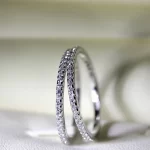Determining whether jewelry is real gold is essential for both buyers and owners to ensure authenticity and value. With the prevalence of imitation and plated pieces in the market, knowing how to tell if jewelry is real gold can save you from costly mistakes. This guide provides detailed methods and tips to help you verify the authenticity of your gold jewelry confidently.
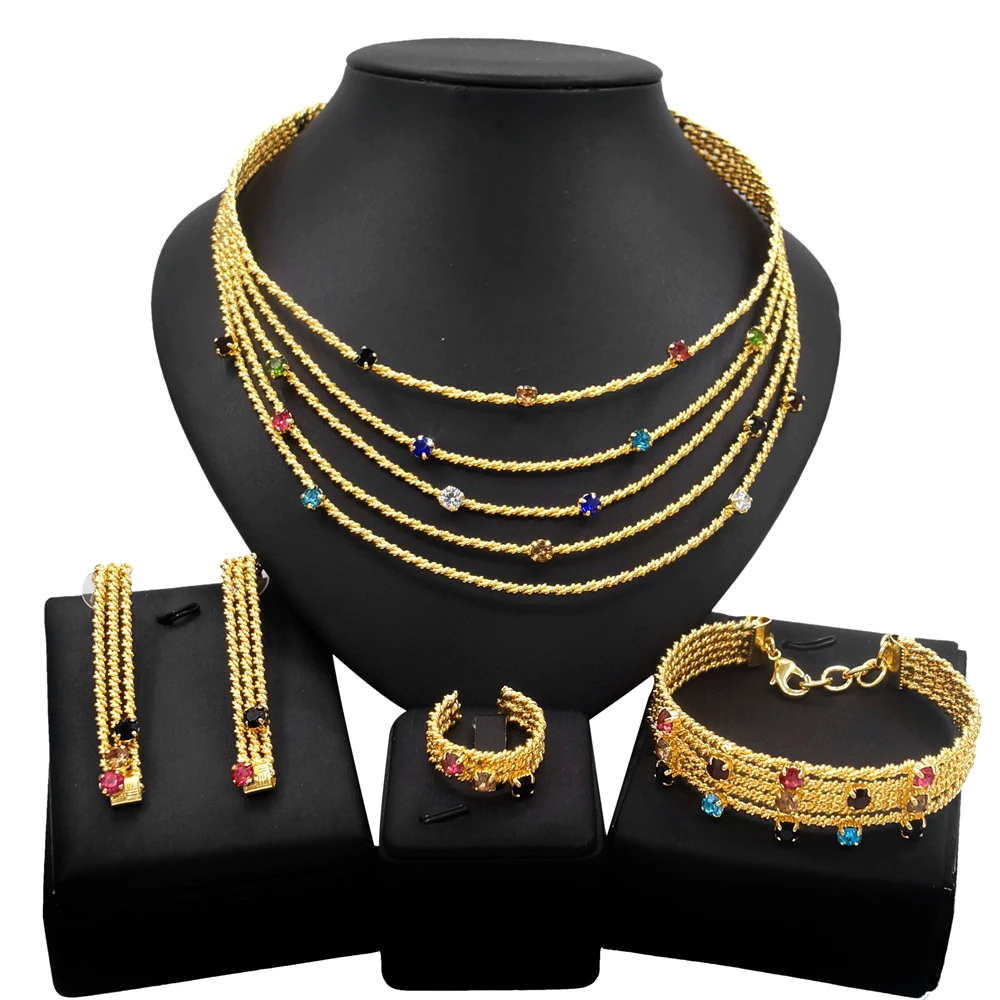 Understanding Gold Jewelry
Understanding Gold Jewelry
The Allure of Real Gold
Real gold jewelry has a timeless appeal, symbolizing wealth, status, and elegance. Its intrinsic value and enduring beauty make it a popular choice for various occasions, from everyday wear to special events. However, the high demand for gold also leads to the creation of counterfeit pieces, making it crucial to know how to tell if jewelry is real gold.
Types of Gold Used in Jewelry
Gold in jewelry typically comes in several karats, indicating its purity:
- 24K Gold: Pure gold, rarely used in everyday jewelry due to its softness.
- 22K Gold: Contains 91.6% gold, often used in high-end pieces.
- 18K Gold: 75% gold, balanced between purity and durability.
- 14K Gold: 58.3% gold, highly durable and suitable for everyday wear.
- 10K Gold: 41.7% gold, the minimum karat value legally considered gold in many countries.
Understanding these types helps in assessing the authenticity and value of your jewelry.
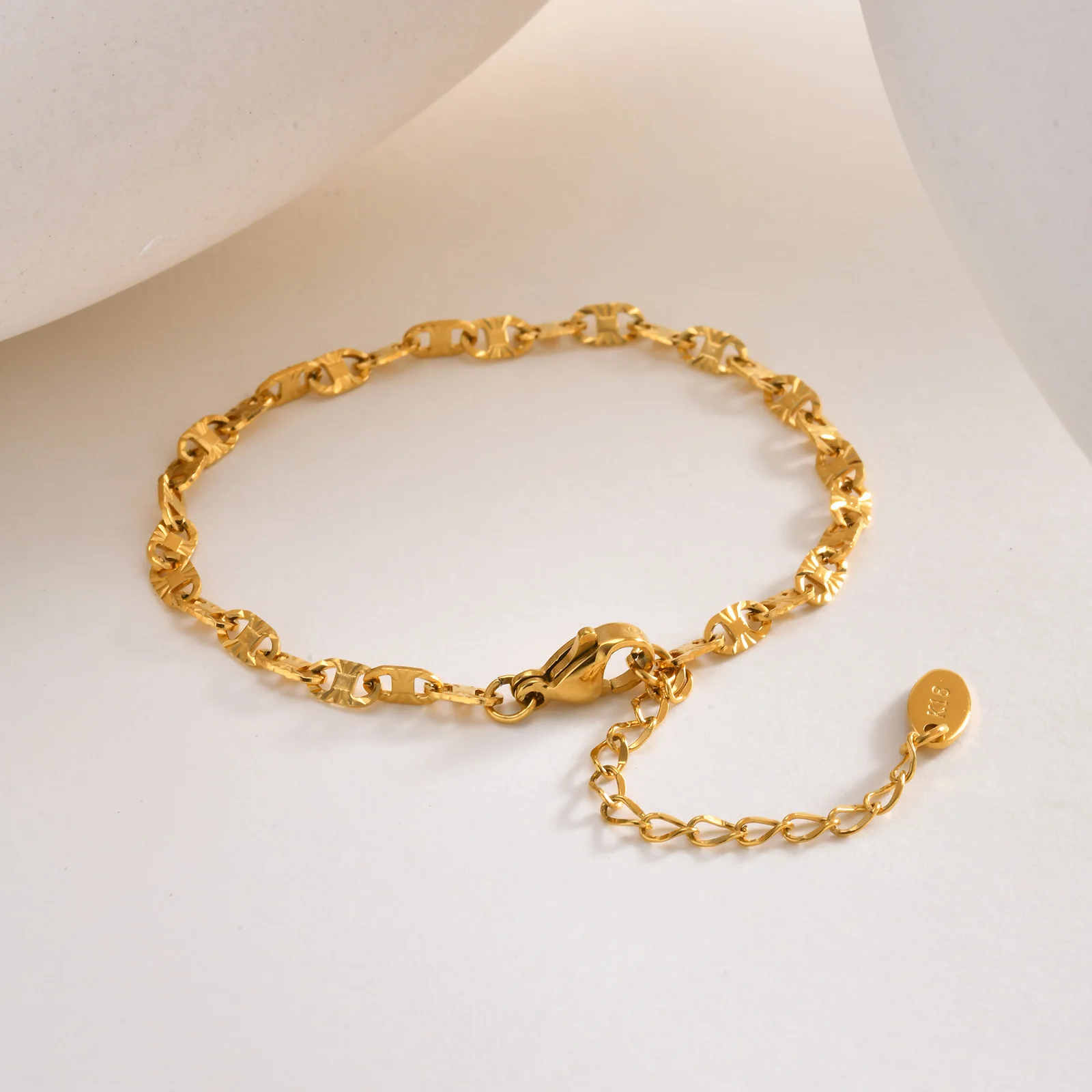 Key Methods to Determine Real Gold
Key Methods to Determine Real Gold
Visual Inspection and Hallmarks
One of the simplest ways to tell if jewelry is real gold is through visual inspection. Real gold pieces typically have hallmarks that indicate their purity. Look for:
- Karat Marks: Indicate the gold’s purity, such as 10K, 14K, 18K, 22K, or 24K.
- Manufacturer’s Stamp: Identifies the maker’s mark, which can help verify authenticity.
- Assayer’s Mark: Certification by an official assay office.
Check these marks in hidden areas like the inside of rings or the backs of pendants.
Magnet Test
Real gold is not magnetic. To perform the magnet test:
- Use a Strong Magnet: Bring a strong magnet close to the jewelry.
- Observe Reaction: If the piece is attracted to the magnet, it likely contains other metals and is not pure gold.
- Note Exceptions: Some non-magnetic metals can be alloyed with gold, so absence of magnetism does not guarantee authenticity.
Acid Testing
Acid testing is a reliable method to determine gold purity. Here’s how to do it:
- Purchase a Gold Testing Kit: Available online or at jewelry supply stores.
- Scratch the Jewelry: Gently scratch the jewelry on a testing stone to leave a mark.
- Apply Acid: Apply the appropriate acid to the mark. Different acids correspond to different karats.
- Compare Results: Observe the color change to determine the purity.
Always follow safety precautions when handling acids.
Density Test
Gold has a unique density, making the density test another effective method:
- Weigh the Jewelry: Use a precise scale to measure its weight.
- Measure Volume: Submerge the jewelry in water and measure the displaced volume.
- Calculate Density: Divide the weight by the volume.
- Compare to Gold’s Density: Real gold has a density between 19.3 to 19.7 g/cm³, depending on purity.
This method requires accurate measurements and calculations.
Electronic Gold Testers
Electronic gold testers provide a quick and non-destructive way to test gold authenticity:
- Turn On the Device: Refer to the manufacturer’s instructions.
- Touch the Jewelry: Place the metal against the tester’s probe.
- Read the Display: The device will show the karat value based on electrical conductivity.
These testers are convenient for regular use but require calibration for accuracy.
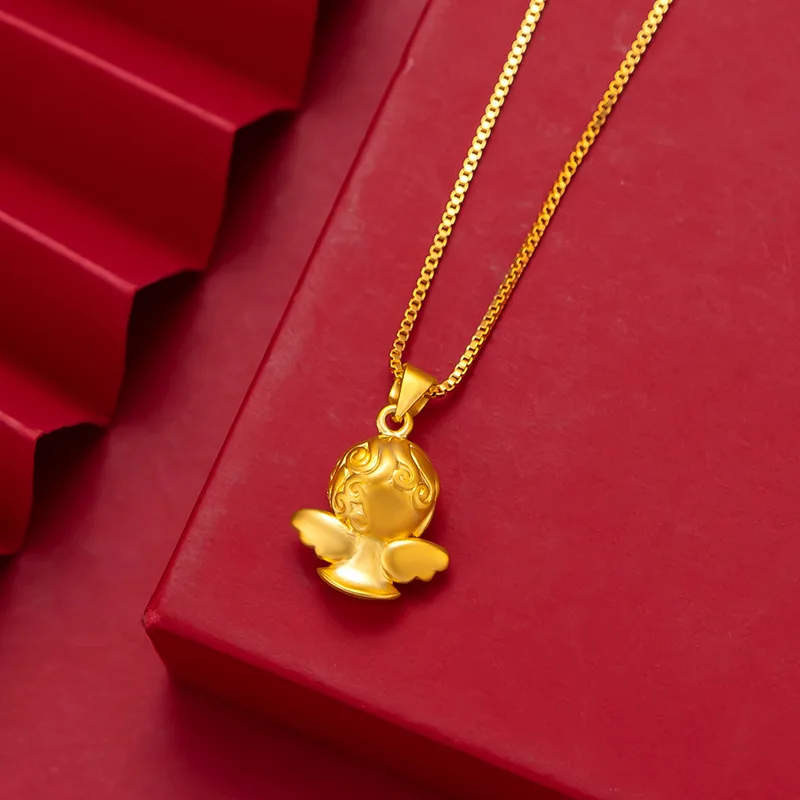 Advanced Techniques for Verifying Gold
Advanced Techniques for Verifying Gold
X-Ray Fluorescence (XRF) Analysis
XRF analysis is a sophisticated method used by professionals to determine gold composition without damaging the jewelry:
- Use an XRF Device: This handheld device emits X-rays to analyze the metal.
- Scan the Jewelry: Hold the device close to the piece.
- Interpret Results: The display shows the elemental composition, confirming gold purity.
This technique is highly accurate but typically available only at professional testing centers.
Fire Assay
Fire assay is the most accurate method to determine gold purity but is destructive:
- Sample Preparation: A small sample of the jewelry is melted down.
- Chemical Separation: Impurities are separated using chemicals.
- Weigh Gold: The remaining pure gold is weighed to determine its purity.
Due to its destructive nature, fire assay is generally used for verifying large quantities of gold.
How to Buy Real Gold Jewelry Online
Choose Reputable Online Retailers
Buying real gold jewelry online requires careful consideration of the retailer’s reputation. Opt for well-known and trusted online jewelers with positive reviews and transparent return policies. Reputable sites often provide detailed product descriptions, high-quality images, and certificates of authenticity.
Read Customer Reviews and Ratings
Customer reviews offer valuable insights into the quality and authenticity of the jewelry. Pay attention to feedback regarding the product’s appearance, durability, and the seller’s reliability. Consistently positive reviews are a good indicator of trustworthy sellers.
Verify Return and Refund Policies
Ensure that the online retailer has clear and fair return and refund policies. This provides peace of mind in case the jewelry does not meet your expectations or if there are authenticity issues. Transparent policies are a sign of a seller’s confidence in their products.
Secure Payment Options
When purchasing real gold jewelry online, use secure payment methods to protect your financial information. Credit cards, PayPal, and other secure payment gateways offer buyer protection and reduce the risk of fraud.
Seek Detailed Product Information
Look for comprehensive product details, including the karat rating, weight, dimensions, and any certifications. High-quality images from multiple angles help you assess the jewelry’s quality and craftsmanship before making a purchase.
Tips for Avoiding Fake Gold Jewelry
Purchase from Reputable Sellers
Always buy gold jewelry from trusted and reputable sellers. Established jewelers are more likely to provide genuine products with proper certifications.
Request Certification
Ask for official certification or a gold assay report when purchasing high-value pieces. Certifications from recognized institutions guarantee the jewelry’s authenticity.
Educate Yourself on Gold Characteristics
Understanding gold’s properties and common jewelry practices helps you spot inconsistencies and identify fake items more easily.
Compare Prices
If the price seems too good to be true, it probably is. Real gold has inherent value, so extremely low prices are a red flag for counterfeit products.
Caring for Your Real Gold Jewelry
Proper Cleaning Techniques
Keep your real gold jewelry looking pristine with regular cleaning:
- Use Mild Soap and Water: Soak the jewelry briefly and gently scrub with a soft brush.
- Dry Thoroughly: Use a soft cloth to dry after cleaning.
- Avoid Harsh Chemicals: Prevent exposure to bleach or abrasive cleaners that can damage the gold.
Safe Storage Practices
Store your gold jewelry properly to avoid scratches and tarnish:
- Use Soft Pouches or Jewelry Boxes: Prevent direct contact with other metals.
- Keep Away from Humidity: Store in a dry place to maintain shine.
- Separate Pieces: Avoid tangling by keeping pieces apart.
Avoiding Damage
Protect your gold jewelry from physical damage and environmental factors:
- Remove Before Physical Activities: Prevent scratches and dents during sports or manual work.
- Be Mindful of Chemicals: Remove jewelry before swimming or using household cleaners.
- Regular Inspections: Check for loose stones or signs of wear and have repairs done promptly.
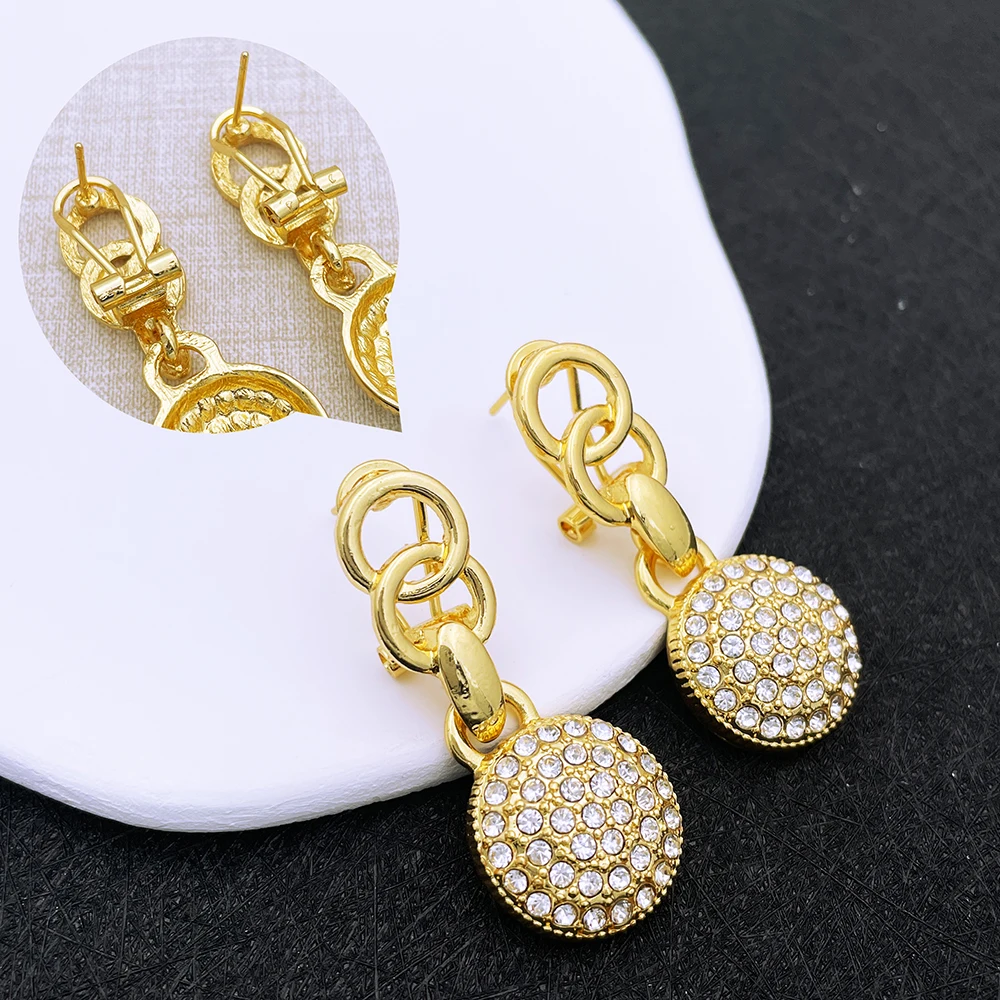 Frequently Asked Questions (FAQ)
Frequently Asked Questions (FAQ)
How can I distinguish real gold from gold-plated jewelry?
To tell if jewelry is real gold, examine the hallmark for karat markings. Perform a magnet test—real gold isn’t magnetic. Additionally, check the weight; real gold feels heavier. Conducting an acid test or using an electronic gold tester can provide definitive results.
Does real gold tarnish?
Real gold, especially pure gold (24K), does not tarnish. However, lower karat golds like 14K or 18K can tarnish over time due to the presence of other metals in the alloy. Regular cleaning and proper storage can minimize tarnishing.
Can I wash my real gold jewelry in the dishwasher?
It’s best to avoid washing real gold jewelry in the dishwasher. The high temperatures and harsh detergents can damage the metal and any gemstones. Instead, clean your jewelry with mild soap and water by hand.
What should I do if my gold jewelry gets scratched?
Minor scratches on gold jewelry can often be polished out by a professional jeweler. For deeper scratches, refinishing or refacing the piece may be necessary. Regular maintenance and careful handling can prevent scratches from occurring.
Is 14K gold real gold?
Yes, 14K gold is real gold. It contains 58.3% pure gold mixed with other metals to enhance durability. While it’s less pure than 18K or 24K gold, it is widely used in jewelry and considered genuine gold.
How often should I have my gold jewelry tested for authenticity?
If you frequently wear your gold jewelry, it’s advisable to have it tested annually to ensure its integrity and authenticity. For rarely worn pieces or heirlooms, testing every few years is sufficient unless you notice any changes in appearance or condition.
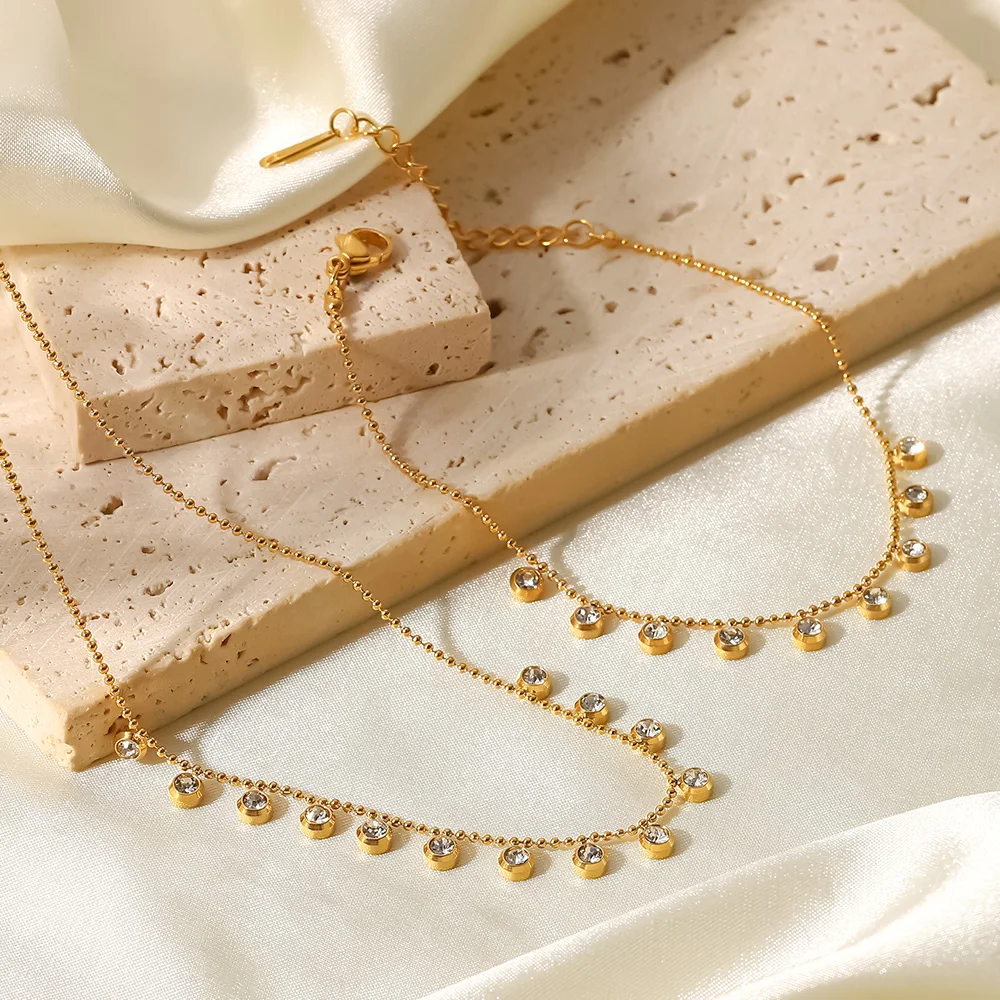 Conclusion
Conclusion
Knowing how to tell if jewelry is real gold is invaluable for any gold enthusiast or buyer. By using techniques such as visual inspection, magnet and density tests, and leveraging advanced methods like XRF analysis, you can confidently verify the authenticity of your gold pieces. Additionally, following best practices for purchasing, caring for, and maintaining your gold jewelry ensures its longevity and beauty. Whether you’re investing in new pieces or verifying existing ones, understanding how to tell if jewelry is real gold empowers you to make informed and secure decisions. Embrace these methods and tips to safeguard your investments and enjoy the timeless elegance of genuine gold jewelry.

